Barely out if his teens, Nick Ut was thrust into the role of combat photographer after the untimely death of his talented brother, a noted actor and AP photojournalist. Here in his own unadorned and eloquent prose is the truly incredible story of how this young Vietnamese photojournalist fortuitously missed getting shot down in a helicopter and went on to use his beloved Leica to capture “Napalm Girl,” the most searing and influential picture of the Vietnam War, and become the youngest person ever to win the Pulitzer Prize. Nick Ut was honored with the Leica Hall of Fame Award on September 17 at “LEICA – DAS WESENTLICHE”.
Q: Can you tell us about the photo of your brother and the influence he had on you?
A: My brother was named Huynh Thanh My. He worked as an AP photographer in the Mekong Delta in 1965. He is number 7 in the family and after he died I subsequently joined the AP after the New Year in 1966.
Q: Did you want to become a photographer because of your brother?
A: Really I wanted to be a photographer very much. I learned a lot from him. Before my brother died he showed me all his Leica cameras. He used them practically every day to cover the war. This is a picture of him taken 40 years ago. It’s been many years since I’ve seen that image and this was really the first time I’ve also seen the negative.
Q: So when your brother died, a year later you joined the AP. How old were you when you joined?
A: When my brother died in 1965 in Vietnam they held a funeral and my entire family attended. They all looked at me and said, “That young boy might be a photographer.” They looked at me as I held a picture of my brother. I wasn’t sure about becoming a photographer at that point, yet my family clearly wished I would become one—even my sister in law. They said, “Nick, don’t you want to become a photographer?” And I said yes. So they said, “Maybe we should go to AP office in Saigon and see Horst and see if maybe you can get the job.” And I told my sister, “I’m not a photographer yet—I need to learn something to be in the AP. Hopefully they’ll give me a job as a photographer when I show them I’ve learned something about the AP darkroom.” Well I learned a lot about the darkroom and I also took pictures every day in Saigon with my Leica and every other camera in the AP office. I showed them my pictures and they said I was a good photographer. I told them I didn’t believe that. Then one day I showed them a picture of the destroyed abbey in Vietnam and that marks the turning point. From then on I really wanted to be photographer, and 3 or 4 months later I was an official combat photographer and I went everywhere. I was the youngest combat photographer. I never saw anyone as young as I was in that role.
Q: Not every young photographer gets to start out with a Leica either.
A: Yeah I first held a Leica when I was fifteen. My brother had a Leica and he would show it to me. I would hold the camera and want to take pictures with it. And my brother knew I really loved the Leica so when he came home we would take the camera everywhere. I wanted to learn. I wanted to shoot pictures all over my neighborhood. I would show my family the pictures. And then when I joined AP they had a camera. They told me I could pick which one I wanted and I told them I’d love to have two Leicas. Then they give me the Leica M3 and the Leica M2 and I carried them every day, everywhere. I would hide undercover till I saw something and then I would take a picture. Sometimes I would see the bombs in Saigon and I would take a picture of a lot of dead bodies and then take them back and show the AP.
Q: One thing I didn’t know was that your brother was an actor before he died.
A: Yes. My brother was very handsome. He was a Vietnamese movie star. He was very tall. All the women loved him. He became the CBS cameraman and he joined the AP in ’65.
Q: Now when you were shooting during the Vietnam War, you also got injured correct?
A: Yes, I was injured in the thigh and I was very lucky just it was only shrapnel in my leg. In the winter it hurts. But many other photographers were injured far more severely or even killed.
Q: And you had said someone saved your life while you were shooting pictures too?
A: Yes, my friend Henry, the best AP photographer in Saigon. In 1970 there was a heavy shelling in Laos, and Henry told me he wanted to take a vacation in Hong Kong. He asked if he could take the first helicopter out of Laos. Since he was a really good friend I let him take my seat, and I took another flight from Laos to Saigon. The first thing I did when I got in the office was to check on any more assignments and to see my boss Horst. He asked if I had seen Henry and I told him he had taken my seat. He told me gravely that that helicopter was shot and that everyone on it had died. And I told him that it was supposed to me that had died. Henry took my seat and got killed for me.
Q: So we’re going to talk a little bit about the big famous photo. What did you expect in Trang Bang the day that you went?
A: In year 7 of the war, I heard the story about heavy fighting in Trang Bang. Lots of people were fighting on highway one and they had locked down the highway. They were fighting like they were on the first day. So I told a friend of mine that I wanted to go there the next day in the early morning. At 7:30 the following morning I saw 1,000 victim refugees on the highway, many of them running. I took a lot of pictures of refugees running, and you could see the black smoke from the bombs all morning. I followed the 25th division away from the highway 2 miles away. When I went back to the highway I saw dead bodies everywhere. So I wanted to head back to AP Saigon because I had many pictures ready. That was when I noticed one Vietnamese soldier. He had thrown a smoke grenade, which erupted in yellow smoke. Then you could hear a jet come in and dive down and drop two bombs. Immediately there were two explosions. It was very noisy. And then a sky-rider dove and dropped napalm. And I shot the picture and it looked really good because I shot in black and white, not color. I took the picture and then everyone was running furiously; I had taken the picture before anyone had realized what happened. Then a woman carrying a baby came running. She is asking for help. Her grandson was dying and he was only a year old. I used my Leica to take a picture and the boy died right in front of my camera. Then I saw the naked girl, Kim, running and I ran inside right away. I took a lot of pictures. And when she passed me I saw a lot of her skin coming off. I knew she was going to die. I put my camera down on the highway and put water on her body right away. She told me no more water. I told her it was just drinking water. But she said in Vietnamese, “Too hot! Too hot! I think I’m dying”
She told her brother she thought she was dying also. But they kept running for another ten minutes and then I told her I wanted to help her. My friend from the BBC assisted with the water bottle. Then I borrowed a raincoat for her body since she was naked. I picked her up and put her in my car with all the children already inside the car. She kept telling me she was dying. I knew she was dying, but I wanted to take her to a good hospital. And the people at the hospital wanted to help her too. But the local hospital was too small. When I got there I showed them my media pass and said if these children die your picture will be on the front page tomorrow and you might be out of a job, and they were worried. Well, we got all the children into the hospital, but then I started worrying about my pictures. I held my camera and looked at it to see how many frames I had taken. I knew that number 7 would be a good shot. When I got to the AP office I told them I had a very important roll of film. I asked them to please help me develop it, so we went into the darkroom immediately. We developed all my pictures and after looking at the first photo they asked me why I shot a picture of a naked girl. I said no, it was the result of a napalm bomb. You can see it exploding. We made one 5 x7 print of it and waited for Horst to come back so we could show him the picture. I wound up talking all week about that picture. New York and Vietnam said good job. And that morning Horst and I went back to do a story about what had happened with the napalm. Later we saw Kim’s father running around looking for her. I told him she might be dying in a hospital. He screamed and then he took a small car to the hospital right away. I went back to the hospital and I saw her parents. Her father thanked me and said I saved his daughter’s life.
Q: You developed the film yourself. When did you know it was a special photo?
A: What happens when you shoot a picture on film is that you don’t see it until it’s developed and printed. Today with digital you can see the image right away. And I remember 40 years ago everyone worried about his pictures. So when I developed the picture and saw it I thought “Oh my God. I have a picture” and thought of my brother number 7. For many years he said he hated war. He told me hoped one day I would have a picture that would stop the war. And that picture of Kim running did stop the war. Everybody was so happy.
Q: How does it feel to have taken a photo that had so much influence?
A: I think I was mostly lucky. I was so happy I had taken that picture. Even now, almost 40 years later people are still talking about that picture.
Q: You mention the number 7 coming up a lot. Can you share the significance of that number?
A: My parents had 11 children. My brother was number 7. He was a wonderful photographer for AP in Saigon. And he always told us stories about his pictures. Every time he came home he would show the pictures to his wife and me. He showed me pictures of dead bodies of Vietnamese and American soldiers. He would say he didn’t want the war to go on. He wanted to see have pictures published on a front page somewhere to help stop the war in Vietnam. But he died in 1965 and he was only 27. He never continued with his pictures. Then when I got my job I overhear my boss say that he hoped I could take a picture that would stop the war. I did with the napalm girl. So I said yeah brother, I have a picture that will stop the war. And it was number 7 on the negatives too. That was from my brother I am sure.
Q: What film and camera did you use?
A: I shot it with a Leica M2 on 35mm color film.
Q: So what did your boss Horst say when he first saw the photo of Kim?
A: When he first saw the picture he had just come back from London. He asked who took the picture. They said it was mine. He asked me what happened in that picture. I told him napalm dropped. He went and sat at the light table by himself to look at my negative. He went to the darkroom and made 12 more prints to send to New York. He said that picture would cause trouble, and that he’d never seen a picture like this taken in Vietnam. But when he sent the picture to New York they didn’t want to use it because it was too naked. He said no I want that picture sent right away. He was yelling.
Q: So who was responsible for actually getting the photograph published?
A: Horst. He sent it to the director in NY and they made sure the picture got sent out.
Q: You broke a lot of records that day as far as being the youngest Pulitzer Prize winner and also getting a photo of a naked girl widely published. Can you tell us about these records that you broke?
A: I remember being interviewed. They asked how I felt about winning the Pulitzer Prize and I said, “I’m too young! I don’t know anything about a perfect photo.” They said I won something. They came to the office and opened champagne and said I had won the Pulitzer Prize! I said “Oh my God!” They told me I was too young to win the Pulitzer Prize. It was so exciting. The AP called me and said I was the best. Yes, I am still the youngest ever to this day.
Q: It’s been 40 years since you took that iconic picture. Can you say how much that one photo has impacted your life as a photographer?
A: At the time of the picture’s 35-year anniversary I took a picture of Paris Hilton going to jail. It was shot on the same I day I took the picture of the napalm girl. Nowadays they call me Hollywood Nick, so when I went back to the AP they told me my next assignment was to take a picture of Paris Hilton going to jail. So I went to Hollywood and I remembered that it was the same day 35 years ago when I shot the napalm picture. So then I took a picture of Paris Hilton. She was with her father and she was crying. As I fired off two frames I realized that her hair looked exactly like the girl from my photo 35 years ago. And she was crying. And CNN ran a story about the man who took a picture of the napalm girl and 35 years later took the picture of Paris Hilton going to jail.
Q: How does it feel to win the Leica Hall of Fame award?
A: I was very happy when I heard that Leica was giving me the Hall of Fame award. When they told me I said yes, I want to go there and accept the award.
Q: Is it also special for you because Horst will also be getting an award too?
A: I really wish I could call him and say, “Daddy, you come with me and see the Hall of Fame. I’m receiving a big award and you have to be there with me” and he would email me back and say “Nick, my son I’ll be there with you.” But I know I’ll never see him there because he got very ill. After he came home from the hospital and they told me he had passed away and I cried a lot. I miss him.
Q: You’ve had an amazing career. What advice would you give to young photographers that want to get into photojournalism?
A: I think young photographers today should shoot film first before getting a digital camera. I’ve seen many high school students in America in California that shoot film before getting into digital. And I think that’s a good thing. Because when you start with digital you shoot too fast. With film you have to make every picture count.
Thank you for your time, Nick!
-Leica Internet Team
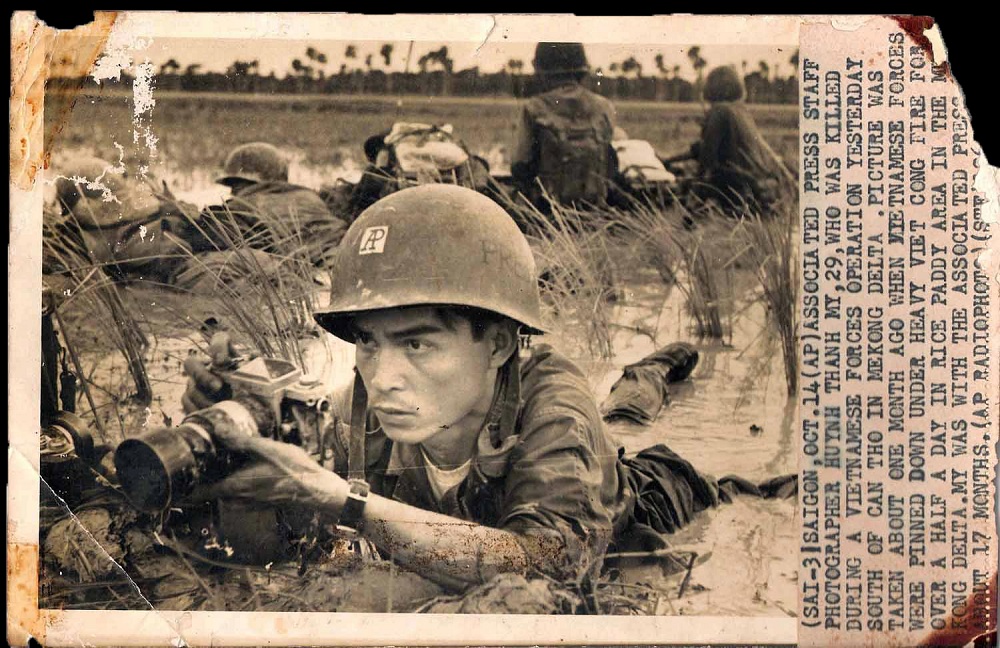
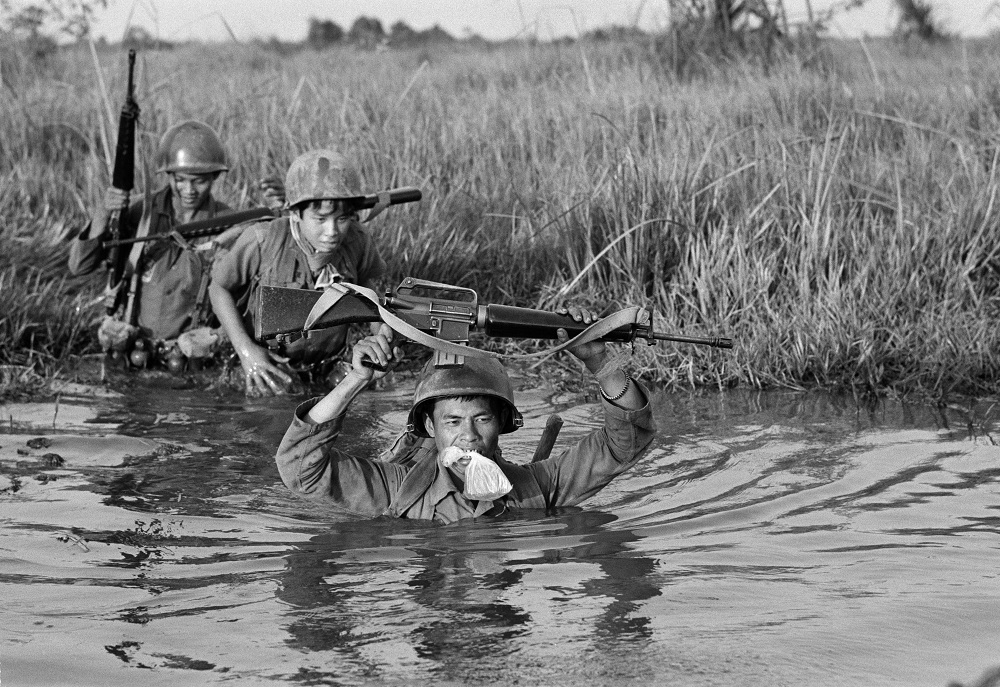



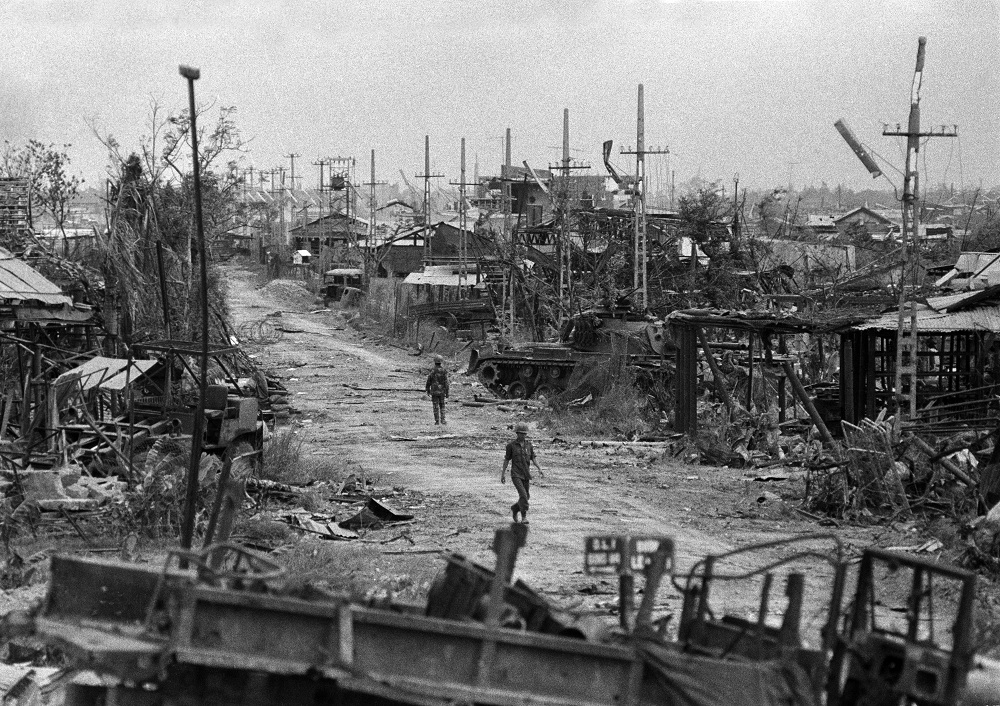
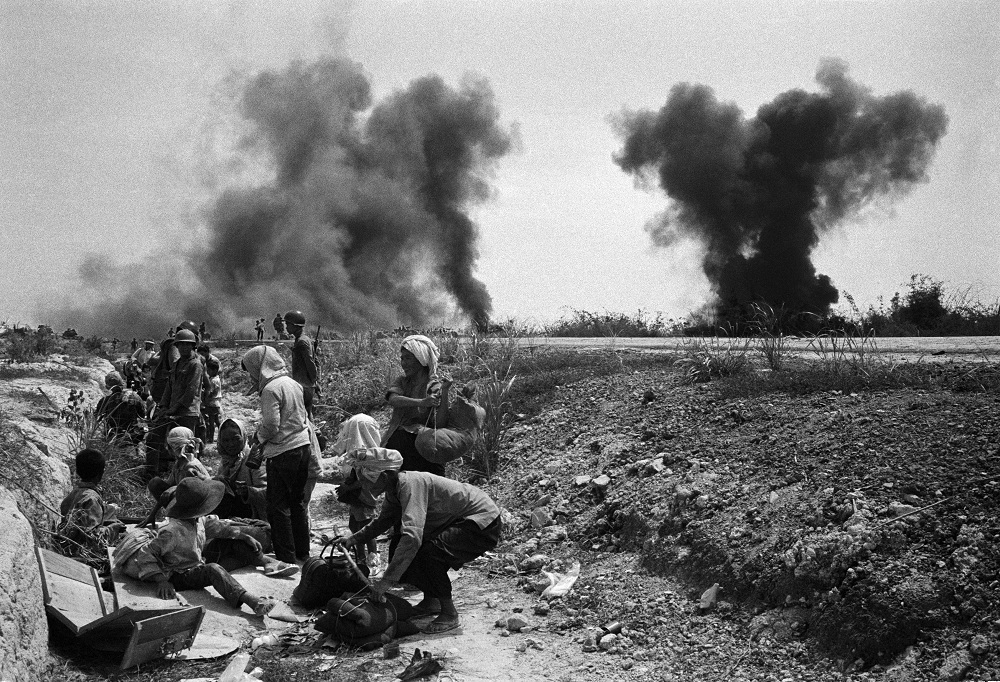
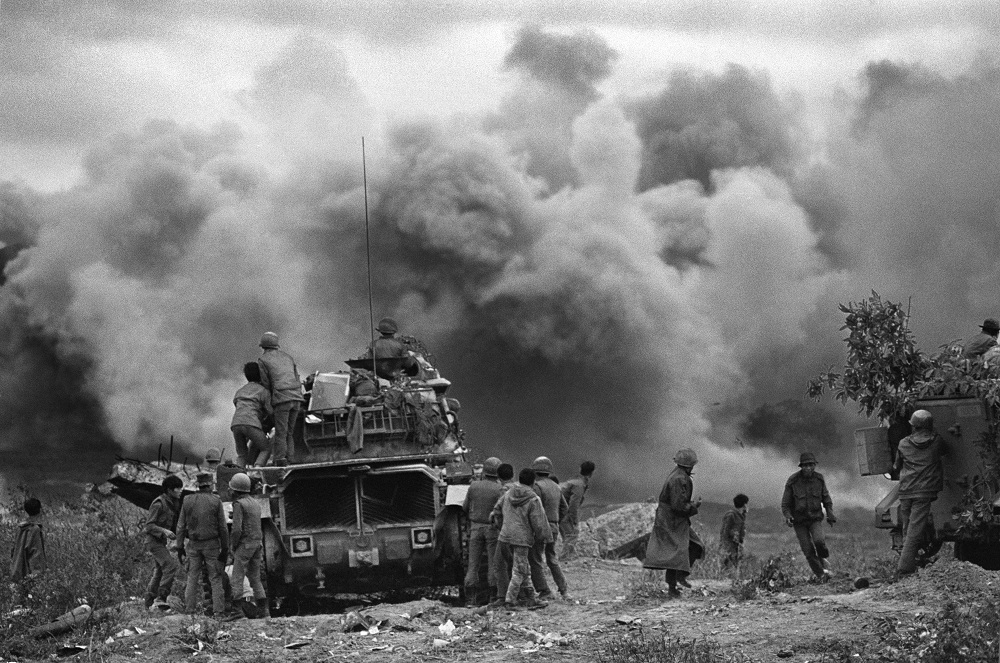
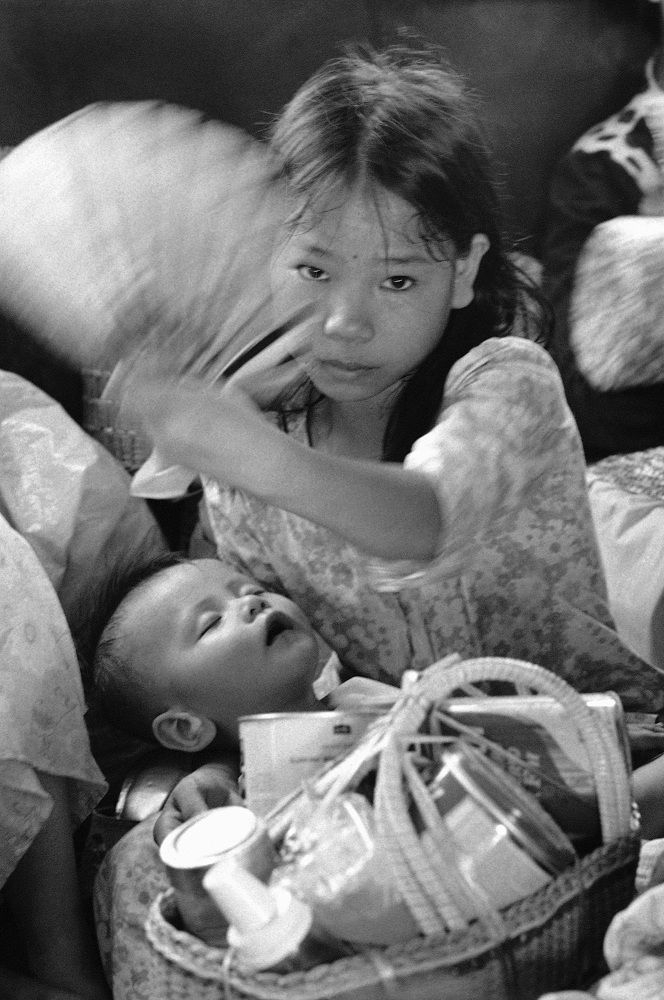
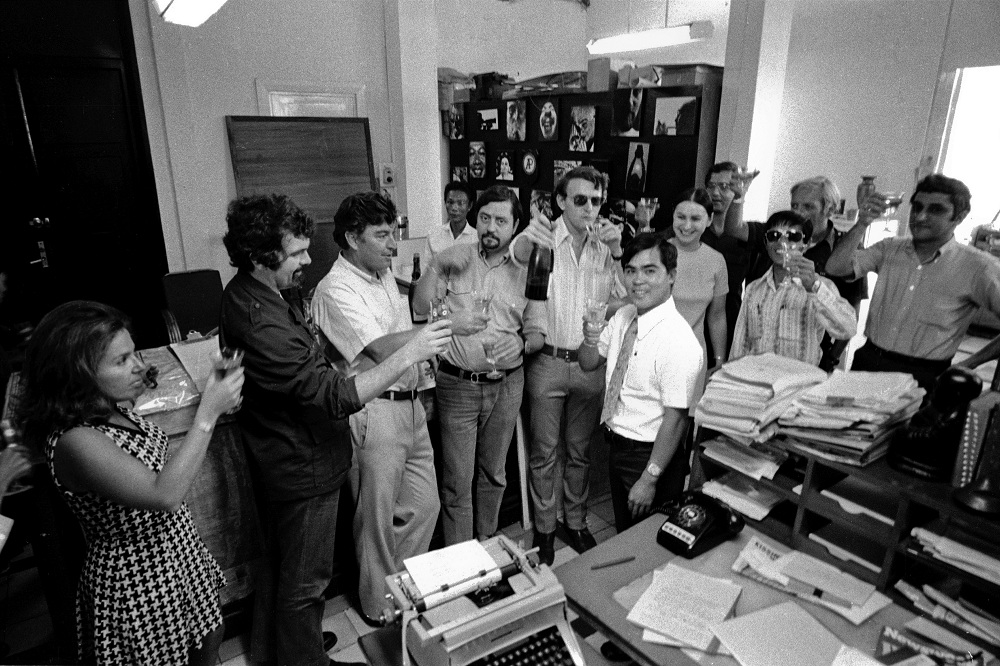
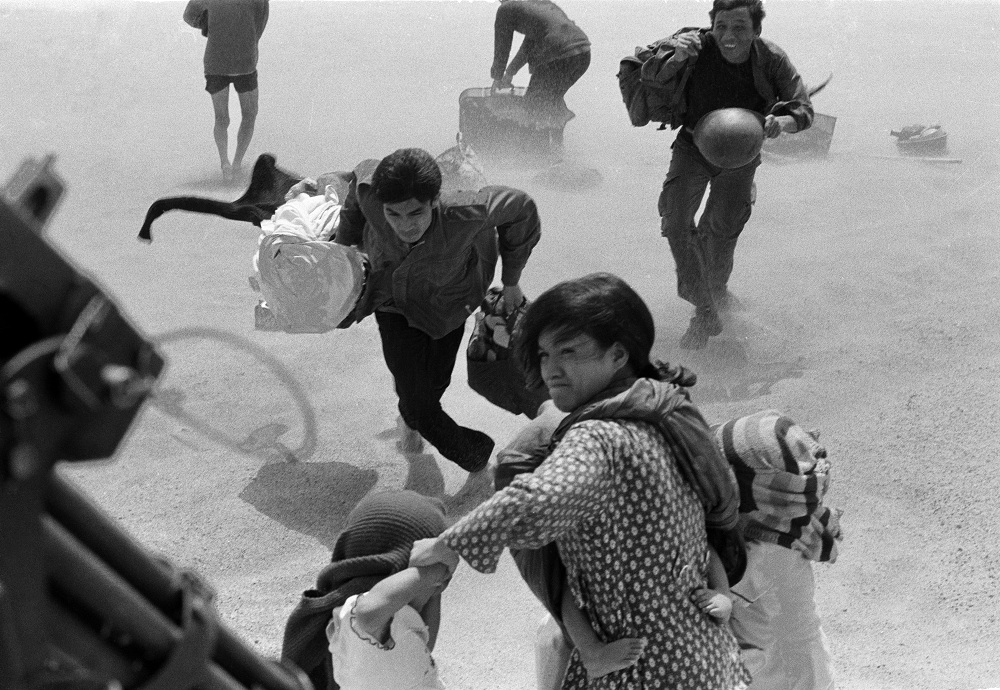
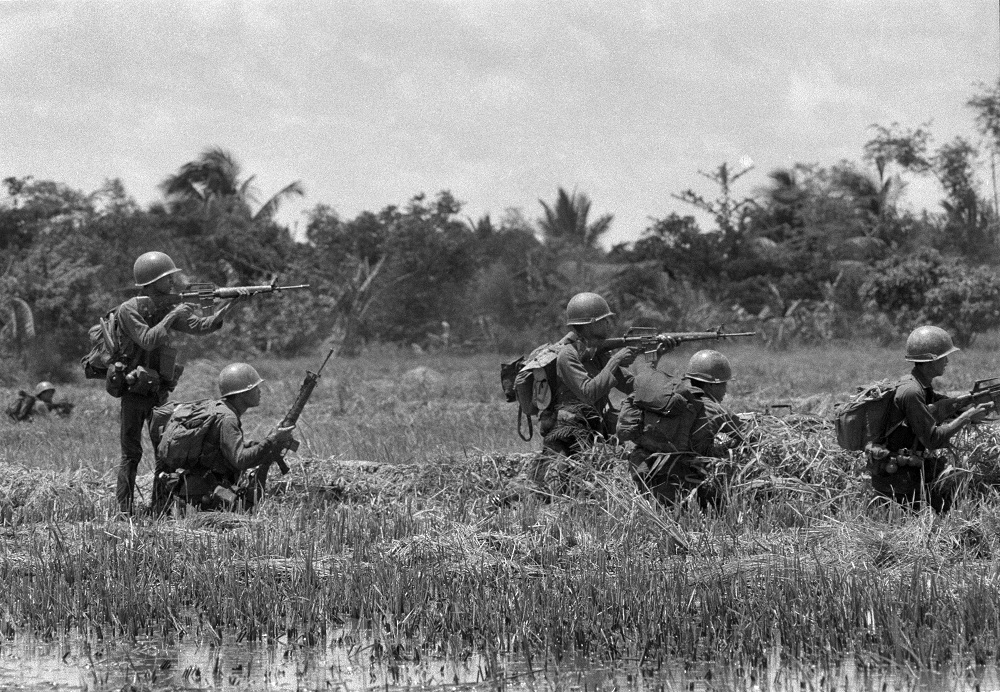
Comments (12)